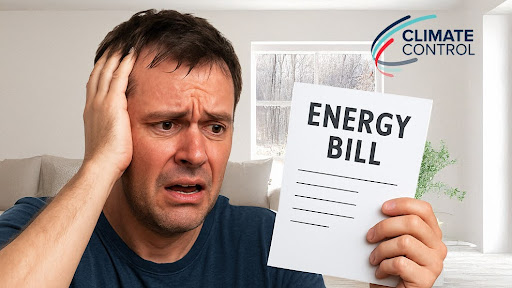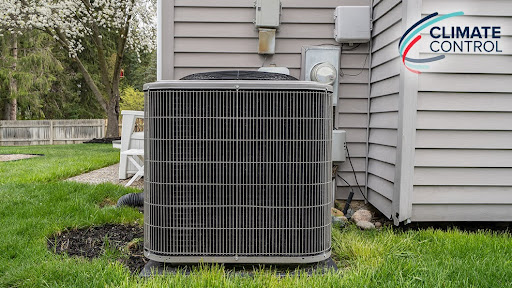Fire Prevention Week is Oct. 9-15 and aims to shine a spotlight on how to prevent fire fatalities across the U.S. It is also a good time to inspect your home’s smoke and carbon monoxide alarms. Do you have both in your home? Are they working properly? Smoke and CO detectors that are properly located and installed throughout your home are an easy and inexpensive way to provide protection from home fire and CO poisoning threats.
The National Fire Protection Association (NFPA) has reported that approximately 60% of home fire fatalities from 2009-2013 came in homes with either no smoke alarms or smoke alarms that were not working. In light of that, the NFPA also says that working smoke alarms can cut the risk of dying in a home fire by 50%.
These statistics and others show just how important maintained and operational smoke alarms are to preventing home fire tragedies. Smoke alarms should be installed all levels of your home and in bedrooms and should be tested every month. Inspect the wiring on electrical alarms and make sure they have a battery backup if a power outage occurs. If non-electrical alarms are not functioning, replace the batteries. If it is still not operational, replace it with a new one – smoke alarms should be replaced at least every 10 years.
A properly operating furnace is also key as the fall and winter seasons come our way. A malfunctioning furnace may put your family at risk of carbon monoxide poisoning. To ensure this does not happen, get your furnace serviced by qualified technicians and also install a carbon monoxide detector.
See our earlier blog this month to learn more about CO poisoning and CO detector options. And, of course, don’t wait: have your home’s electrical and HVAC systems inspected regularly by licensed professionals to make sure your furnace is operating safely. Call your friends at Climate Control Company today and sleep easy.







